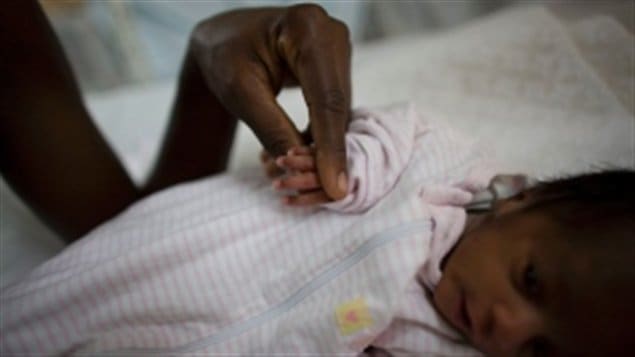The number of Canadian women who died in childbirth climbed from six to 11 per 100,000 in the years between 1990 and 2013. There was an increase in such deaths in the United States as well, at the same time as most countries in the rest of the world saw a decline.
The World Health Organization tracks maternal mortality as one of the “Millennium Development Goals” that the United Nations set for 2015. Death rates have fallen by 45 per cent globally since 1990 to an estimated 289,000 women in 2013.

Increased risks from obesity, diabetes and age
WHO experts said the increase in the U.S. mortality rate may be a statistical blip. Or it might be due to increased risks from obesity, diabetes and older women giving birth. Health experts generally suggest conditions recorded in the U.S. often apply to Canada as well. Many European countries and Japan have mortality rates in the single figures.
Globally, most maternal deaths are caused by severe bleeding, high blood pressure, infections and obstructed labour. More than one in four is caused by malaria, HIV/AIDS, obesity or diabetes. Abortion complications account for eight per cent of deaths.
Two countries—India and Nigeria—account for more than a third of the total number of deaths globally. Sub-Saharan Africa remains the most dangerous place to have a baby.







For reasons beyond our control, and for an undetermined period of time, our comment section is now closed. However, our social networks remain open to your contributions.